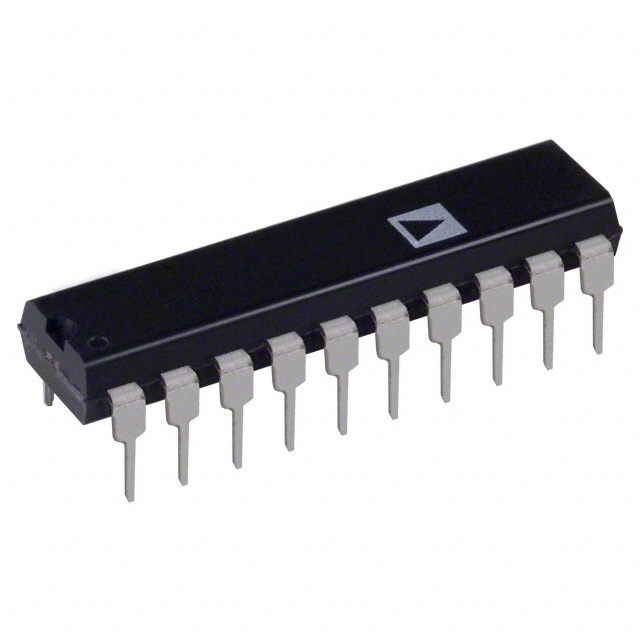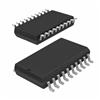AD779: Features: AC and DC Characterized and Specified (K, B, TGrades)128k Conversions per Second1 MHz Full Power Bandwidth500 kHz Full Linear Bandwidth80 dB S/N+D (K, B, T Grades)Twos Complement Data Form...
floor Price/Ceiling Price
- Part Number:
- AD779
- Supply Ability:
- 5000
Price Break
- Qty
- 1~5000
- Unit Price
- Negotiable
- Processing time
- 15 Days
SeekIC Buyer Protection PLUS - newly updated for 2013!
- Escrow Protection.
- Guaranteed refunds.
- Secure payments.
- Learn more >>
Month Sales
268 Transactions
Payment Methods
All payment methods are secure and covered by SeekIC Buyer Protection PLUS.

 AD779 Data Sheet
AD779 Data Sheet







